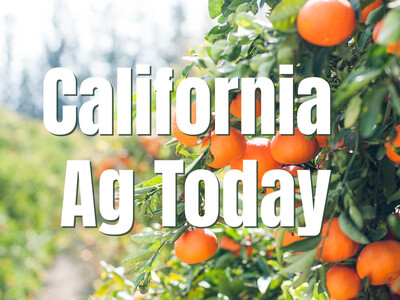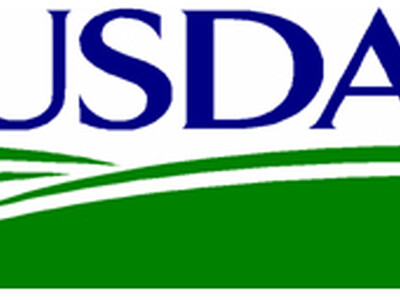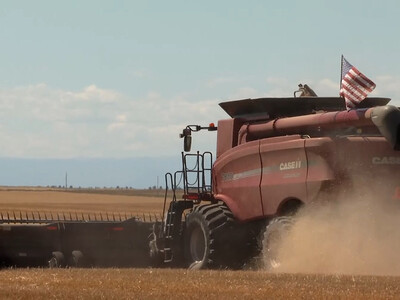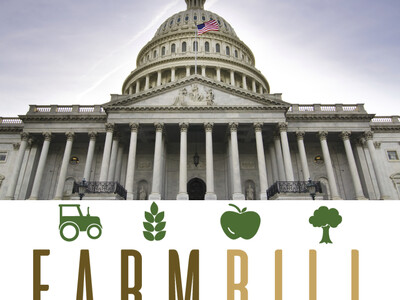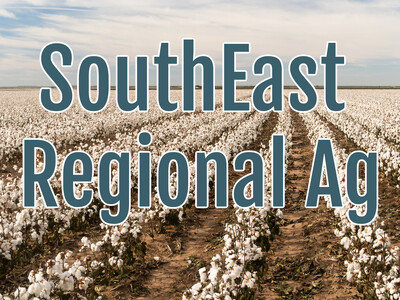Avian Flu
The Idaho State Department of Agriculture is reminding poultry owners to practice enhanced biosecurity to prevent the introduction of Highly Pathogenic Avian Influenza (HPAI) into their flock this fall. Migratory wild waterfowl will soon be starting their fall migration south over Idaho and other states within the Pacific flyway. "Because wild waterfowl are capable of carrying the highly pathogenic avian influenza virus without showing symptoms of the disease, it is critical that poultry owners, regardless of the size of their flock, be aware of the signs of disease and practice adequate biosecurity to limit the chance of their flock contracting the virus" said Dr. Scott Liebsle., ISDA State Veterinarian.
In January of 2015, Idaho state and federal animal health officials identified the first case of Highly Pathogenic Avian Influenza (HPAI) in domestic poultry in Idaho, which occurred as a result of domestic chickens interacting with wild waterfowl, the natural reservoir for the virus. During the spring and summer months, over 7 million turkeys and 42 million chickens, in 21 states, were depopulated as a result of the HPAI outbreak at a cost of more than $950 million according to the USDA. Fortunately, the outbreak of HPAI in Idaho was limited to a single domestic poultry premises. However, due to migration patterns of wild waterfowl in the fall months, domestic poultry may again have the potential to be exposed to the HPAI virus.
There have been no human illnesses associated with the H5N8 or H5N2 viral strains of avian influenza anywhere in the world, to date. However, to reduce the risk of exposure, individuals handling wild and domestic birds should remember to wash their hands after contact and cook all poultry and poultry products thoroughly prior to consumption.
ISDA encourages commercial poultry growers and backyard owners regardless of flock size to be vigilant with biosecurity measures, including maintaining separation between their flocks (including all feed and watering sites) and any wild birds. All poultry producers should monitor their flocks for signs of illness in their birds. Symptoms of avian influenza include, but are not limited to, coughing, sneezing, respiratory distress, decreased egg production, swelling of the head, comb and wattles and sudden death.






